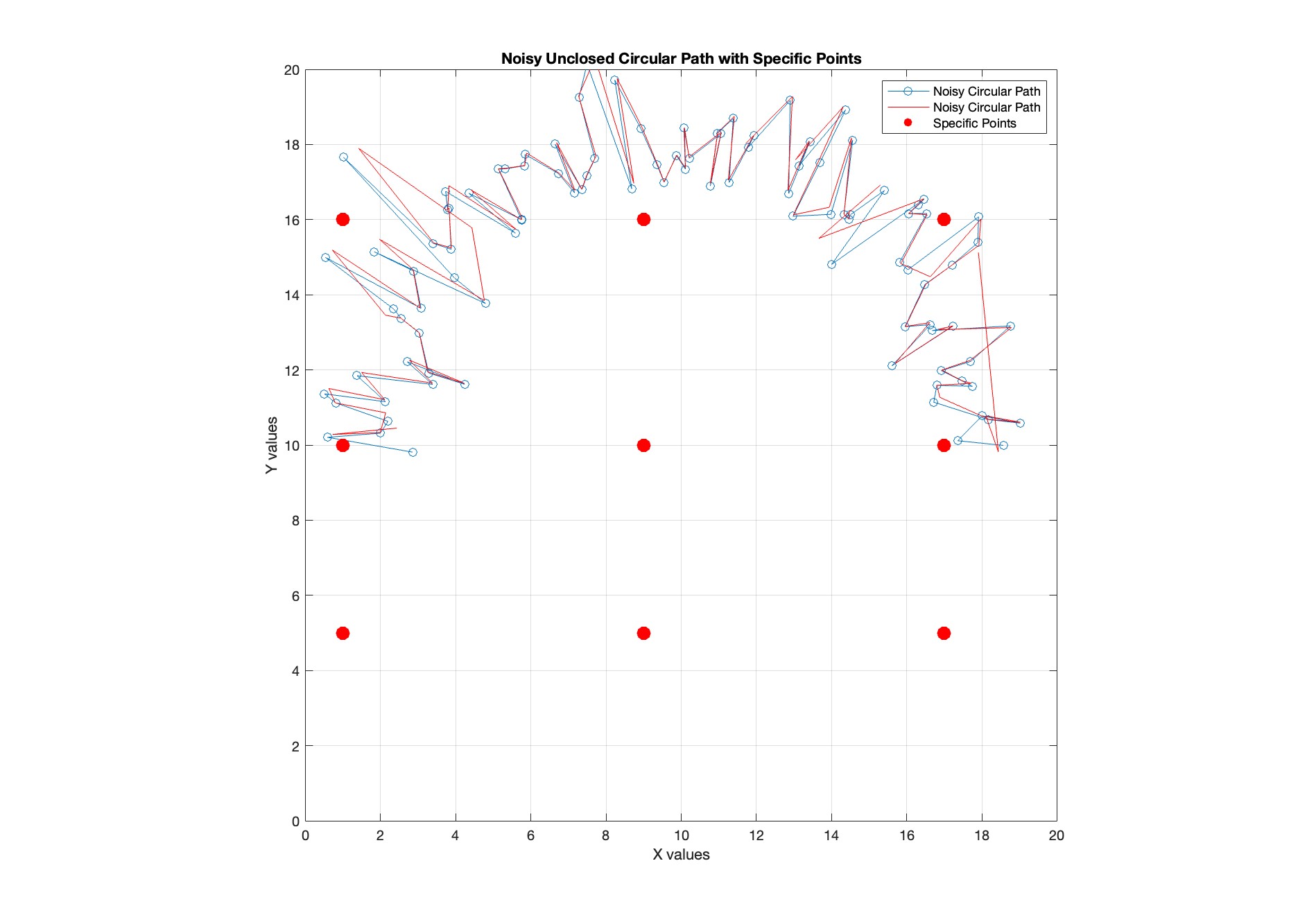
Kalman filtering: Linear, Extended
Kalman filter is a powerful algorithm used for estimating the state of a dynamic system from noisy measurements. It was developed by Rudolf Kalman in 1960 and has found applications in various fields including navigation, robotics, and signal processing. The Kalman filter works by combining two sources of information: Predictions based on a mathematical model of the system Measurements from sensors The key features of a Kalman filter include: Recursive nature: It doesn't need to store all past data, making it computationally efficient Optimal estimation: Under certain conditions, it provides the best possible estimate (Can be mathematically proven) Handling uncertainty: It accounts for both measurement and process noise Kalman filters are particularly useful in situations where the system state cannot be directly observed, but indirect and potentially imperfect measurements are available....